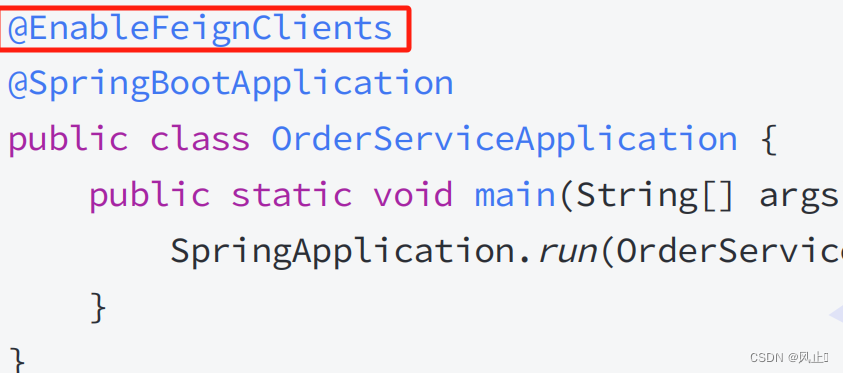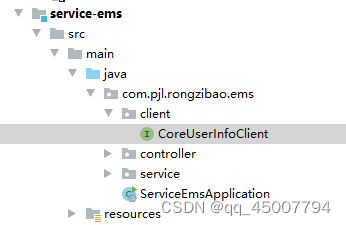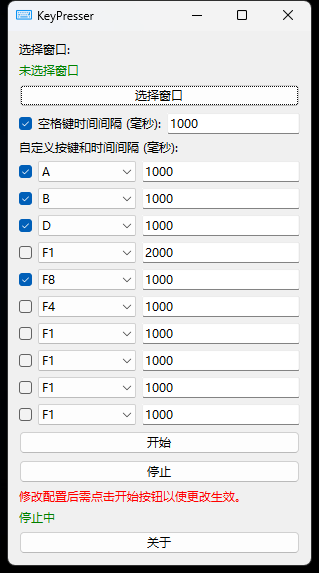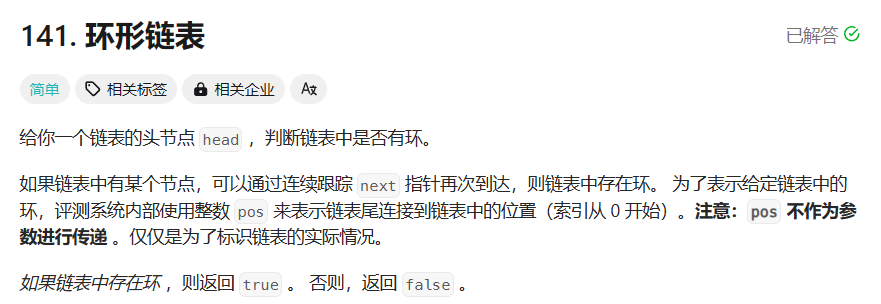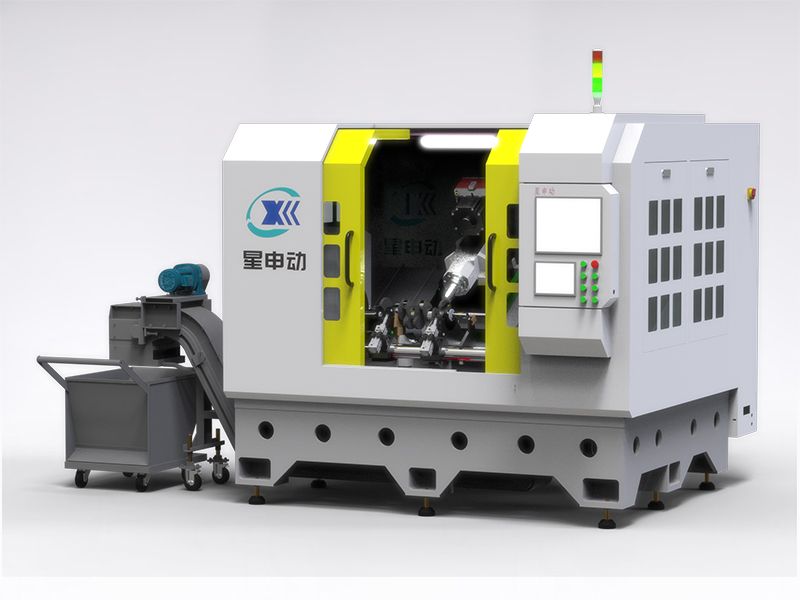在Spring Cloud中,实现微服务间的通信非常简单。Spring Cloud提供了多种方式来进行微服务之间的通信,包括使用RestTemplate、Feign、Ribbon、Eureka等组件。下面我将详细介绍这些方式的使用方法。

- 使用RestTemplate进行通信: RestTemplate是Spring框架提供的一个用于发送HTTP请求的类,它可以方便地与其他微服务进行通信。使用RestTemplate,我们可以发送GET、POST、PUT、DELETE等类型的请求,并且可以通过设置请求头、请求参数等进行自定义配置。
首先,在项目的pom.xml文件中引入RestTemplate的依赖:
<dependency>
<groupId>org.springframework.boot</groupId>
<artifactId>spring-boot-starter-web</artifactId>
</dependency>
然后,在代码中创建RestTemplate的实例,并使用其方法发送HTTP请求:
RestTemplate restTemplate = new RestTemplate();
String result = restTemplate.getForObject("http://service-provider/user/{id}", String.class, id);
其中,"http://service-provider"是服务提供者的地址,"user/{id}"是服务提供者的API接口地址。通过调用getForObject方法,我们可以发送GET请求,并将响应结果转化为指定的类型。
- 使用Feign进行通信: Feign是一个声明式的Web服务客户端,它可以帮助我们通过简单的注解来定义和实现对其他微服务的调用。使用Feign,我们可以像调用本地方法一样调用其他微服务的接口,而无需关心底层的HTTP请求细节。
首先,在项目的pom.xml文件中引入Feign的依赖:
<dependency>
<groupId>org.springframework.cloud</groupId>
<artifactId>spring-cloud-starter-openfeign</artifactId>
</dependency>
然后,在代码中创建一个Feign客户端接口,并使用@FeignClient注解来指定需要调用的微服务:
@FeignClient("service-provider")
public interface UserServiceClient {
@GetMapping("/user/{id}")
String getUser(@PathVariable("id") Long id);
}
在上面的例子中,通过使用@GetMapping注解定义了一个getUser方法,并指定了要调用的服务接口。
最后,在需要调用该服务的地方,直接注入该Feign客户端接口即可使用:
@Autowired
private UserServiceClient userServiceClient;
调用getUser方法:
String result = userServiceClient.getUser(id);
- 使用Ribbon进行负载均衡: Ribbon是一个负载均衡器,它可以自动将请求均匀地分发到多个服务实例中。在Spring Cloud中,Ribbon和Eureka可以完美配合使用,实现了基于服务注册中心的负载均衡。
首先,在项目的pom.xml文件中引入Ribbon的依赖:
<dependency>
<groupId>org.springframework.cloud</groupId>
<artifactId>spring-cloud-starter-ribbon</artifactId>
</dependency>
然后,在代码中使用@LoadBalanced注解来配置RestTemplate的负载均衡能力:
@Bean
@LoadBalanced
public RestTemplate restTemplate() {
return new RestTemplate();
}
最后,在调用其他微服务的地方,使用服务名称替代具体的服务地址:
String result = restTemplate.getForObject("http://service-provider/user/{id}", String.class, id);
- 使用Eureka进行服务发现与注册: Eureka是一种服务发现和注册的组件,它可以自动发现和管理微服务的实例。在Spring Cloud中,我们可以使用Eureka来实现微服务的自动发现和注册。
首先,在项目的pom.xml文件中引入Eureka的依赖:
<dependency>
<groupId>org.springframework.cloud</groupId>
<artifactId>spring-cloud-starter-netflix-eureka-client</artifactId>
</dependency>
然后,在配置文件中配置Eureka的相关信息:
spring:
application:
name: service-provider
eureka:
client:
service-url:
defaultZone: http://localhost:8761/eureka/
最后,在主类上使用@EnableDiscoveryClient注解来启用Eureka客户端:
@EnableDiscoveryClient
@SpringBootApplication
public class ServiceProviderApplication {
// ...
}
通过以上步骤,我们就可以在Spring Cloud中轻松实现微服务间的通信了。无论是使用RestTemplate、Feign、Ribbon还是Eureka,Spring Cloud提供了丰富的工具和组件来简化微服务的开发和调用过程。

